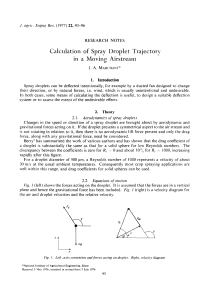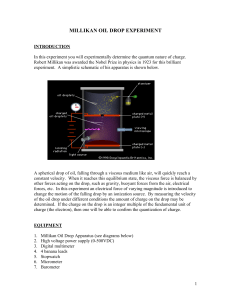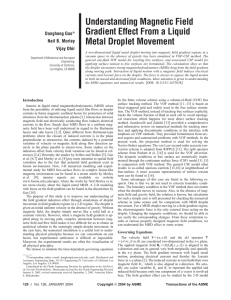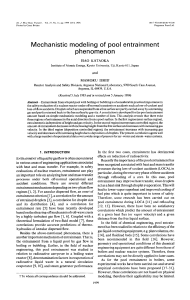PHY 3003 SPRING 2016 Week of Feb 8 Reading: Taylor, Chapter 3
advertisement
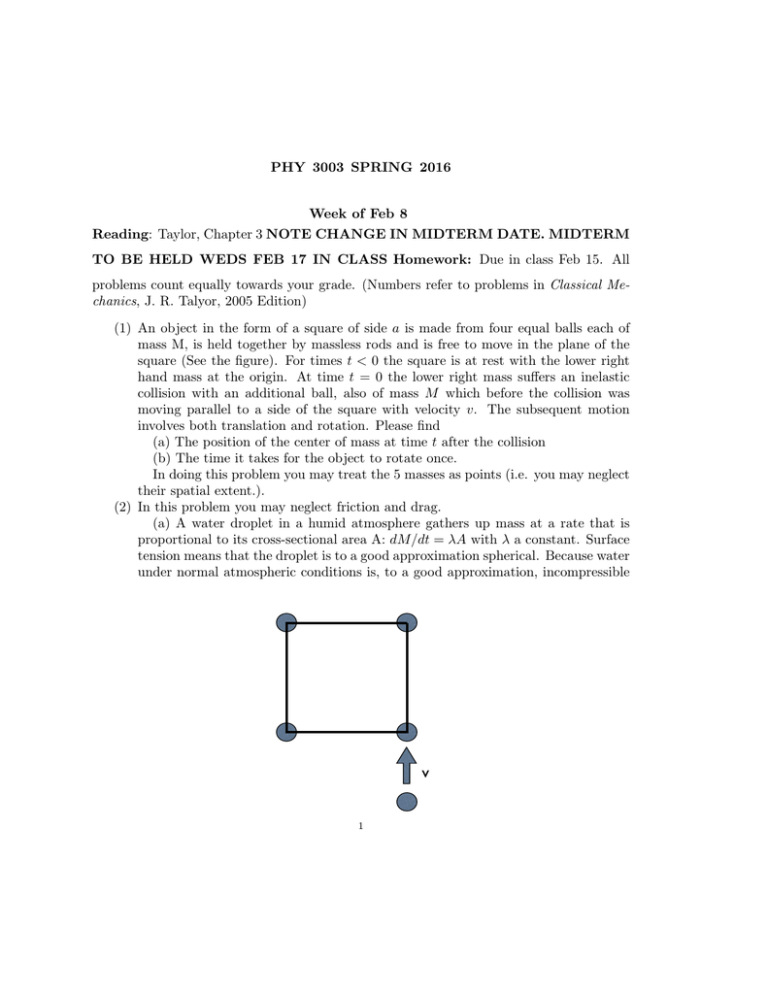
PHY 3003 SPRING 2016 Week of Feb 8 Reading: Taylor, Chapter 3 NOTE CHANGE IN MIDTERM DATE. MIDTERM TO BE HELD WEDS FEB 17 IN CLASS Homework: Due in class Feb 15. All problems count equally towards your grade. (Numbers refer to problems in Classical Mechanics, J. R. Talyor, 2005 Edition) (1) An object in the form of a square of side a is made from four equal balls each of mass M, is held together by massless rods and is free to move in the plane of the square (See the figure). For times t < 0 the square is at rest with the lower right hand mass at the origin. At time t = 0 the lower right mass suffers an inelastic collision with an additional ball, also of mass M which before the collision was moving parallel to a side of the square with velocity v. The subsequent motion involves both translation and rotation. Please find (a) The position of the center of mass at time t after the collision (b) The time it takes for the object to rotate once. In doing this problem you may treat the 5 masses as points (i.e. you may neglect their spatial extent.). (2) In this problem you may neglect friction and drag. (a) A water droplet in a humid atmosphere gathers up mass at a rate that is proportional to its cross-sectional area A: dM/dt = λA with λ a constant. Surface tension means that the droplet is to a good approximation spherical. Because water under normal atmospheric conditions is, to a good approximation, incompressible v 1 2 PHY 3003 SPRING 2016 and of fixed density ρ, the mass is directly related to the volume. Using this information please find the time dependence of the radius of the drop in terms of ρ, λ and the radius R0 at time t = 0. (b) Now suppose that the drop is at rest at time t = 0 but that at subsequent times it is falling through the atmosphere subject to the force of gravity. Find the velocity and acceleration as a function of time. For this problem you may neglect friction and drag, and assume that neither the shape of the droplet nor the constant λ depends on velocity. (3) (3.19, abbreviated) A shell is fired from ground level so as to hit a target 100m distant. Part-way through its trajectory the shell explodes into two pieces which both land at the same time. One piece lands 100m beyond the target. Where does the other piece land? (4) 3.14 (5) 3.30 (6) A pendulum is constructed by putting a bob of mass m at the end of a massless rod of length l0 (see Fig). The mass is subject to the force of gravity which points vertically downwards and can move both in θ (shown on the figure) and the azimuthal direction φ (rotation around the vertical axis shown as the dotted line). (a) State whether or not the following components of the angular momentum are conserved: (i) measured with respect to an axis perpendicular to the plane of the figure and passing through the point of suspension (ii) measured with respect to the vertical axis (dotted line) passing through the point of suspension. (b) Suppose we know that at time t = 0 the mass is at a position specified by angles θ = π/3, φ = 0 and the φ component of the angular velocity is dφ/dt = 1 rad/sec. If at a later time it is at angle θ = π/6 what is dφ/dt?

